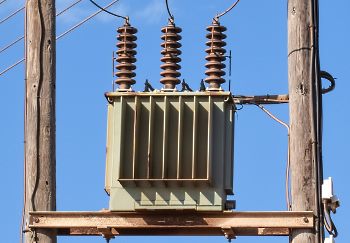property>electrical conductance
What is Electrical Conductance?

Electrical conductance is a measure of the flow of electricity through an electrical component for a given potential difference. The SI unit of conductance is the siemens. It is the inverse of electrical resistance so that the conductance, G = 1/R, where R is resistance in ohms (hence a playful alternative name for the SI unit is the “mho”). Electrical conductance should not be confused with the related measure of conductance, which is a property of the material itself.
Conductance is also connected to susceptance and admittance in AC (Alternating Current) circuits.
Y= G + jB or G = Re(Y),
Where Y= Admittance, j is the imaginary number and B is the Susceptance. When Kirchhoff's voltage law is applied we find that the voltage is the sum of the voltages across each conductance:
G = (G1.G2) / (G1+G2)
In semiconductors the conductance of components such as diodes and transistors is usually evaluated for small signal conditions with appropriate bias so that operation is in the linear region of their characteristics. The conductance is therefore the inverse of the small-signal resistance.
The electrical conductance is represented by the symbol G. Electrical conductance is a very useful concept when dealing with parallel DC circuits. For this reason, the inverse of impedance is defined as admittance and is similarly useful in parallel AC circuits. Generally when there are resistive and reactive elements then the equation that is formed for G is R/(R2 + X2), where X is reactance.